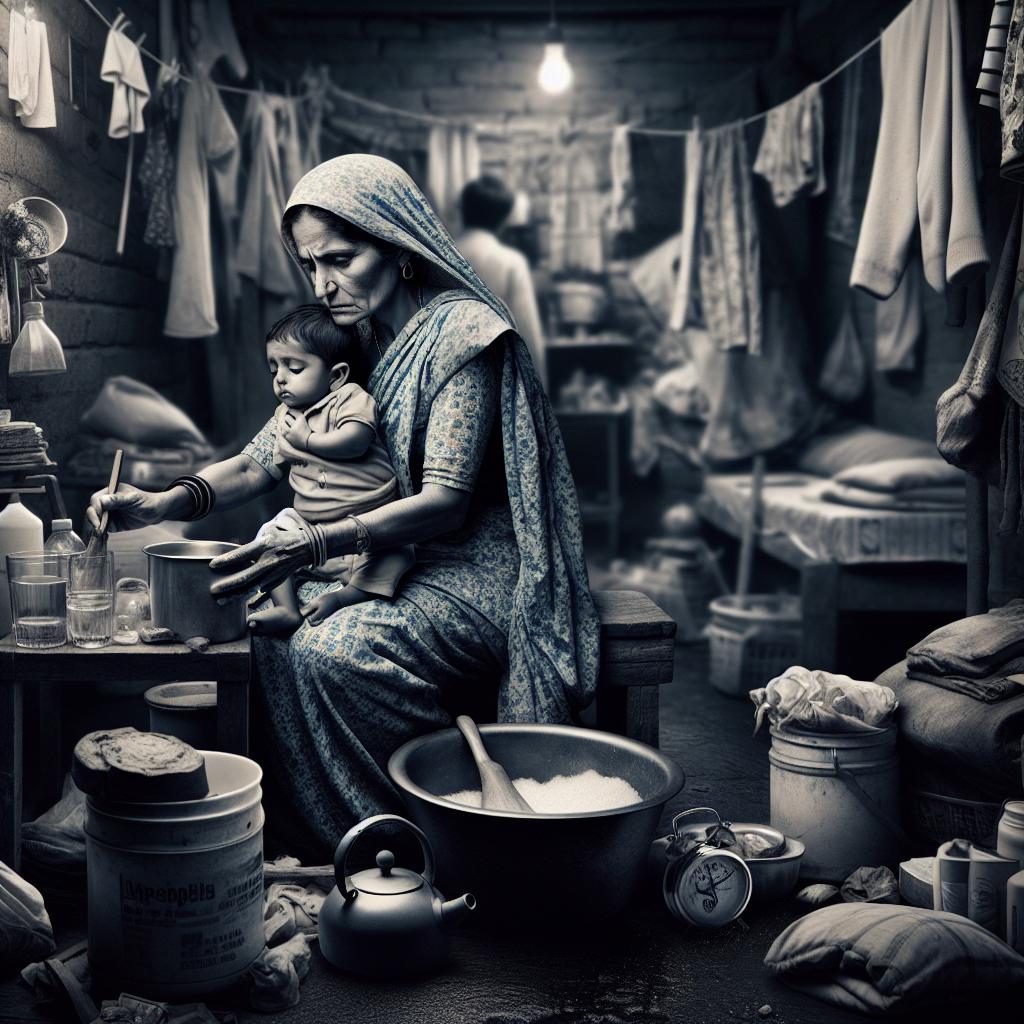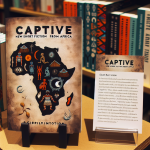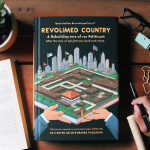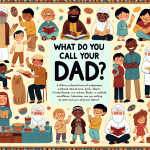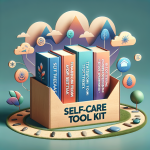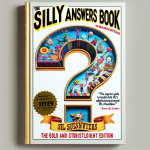As an Amazon Associate I earn from qualifying purchases.
`
Unmasking the Realities of Domestic Work in ‘Maid: Hard Work, Low Pay, and a Mother's Will to Survive'
`
In the raw and poignant memoir ‘Maid: Hard Work, Low Pay, and a Mother's Will to Survive,' Stephanie Land takes readers on a gripping journey through the often invisible and grueling world of domestic labor. The narrative immediately pulls you into the life of a single mother, fighting tooth and nail to provide for her young daughter. With a fierce determination and unflinching honesty, Land lays bare the harsh realities of economic struggle, systemic inequities, and the hidden cost of domestic work—a realm where prestige and perks are almost nonexistent, but back-breaking toil and emotional turmoil are daily companions.
Maid is not just a personal story of survival; it’s a powerful exposé that challenges societal perceptions and policies surrounding low-wage work and single motherhood. Land's meticulous attention to detail and her keen observation of the human condition spotlight the undervalued and often degrading experiences faced by millions of domestic workers. This memoir does more than inspire; it calls for a reevaluation of the worth of domestic labor and the urgent need for systemic change. Highlighting the resilience against adversity and the pursuit of dignity, Land's work solves the problem of invisibility, giving a voice to those who are often unheard.
Plot
The memoir “Maid: Hard Work, Low Pay, and a Mother's Will to Survive” by Stephanie Land details her journey as a single mother working as a domestic worker to provide for her young daughter. The plot centers around Land's struggles with poverty, homelessness, and the bureaucratic obstacles she faces while trying to secure government assistance. The narrative unfolds with harrowing scenes of financial instability, emotional trials, and the relentless grind of her low-paying cleaning job. Yet, amidst the adversity, Land's determination and resilience shine through as she pursues a better future for herself and her daughter.
The plot's progression closely follows Land's internal and external battles, offering a raw depiction of her gradual reclaiming of identity and dignity. The various homes and characters she encounters in her cleaning jobs each contribute to her maturing perspective on life and socioeconomic disparities. Through vivid storytelling, the plot encapsulates the cyclical nature of poverty and the overwhelming odds stacked against single mothers in similar situations.
Characters
Stephanie Land is the protagonist and central character, whose journey from homeless single mom to a college-educated writer underscores the narrative. Her character is portrayed with depth, highlighting her vulnerabilities, strength, and unyielding love for her daughter, Mia. Stephanie grapples with self-doubt, depression, and the stigma associated with poverty, making her a relatable and complex figure.
Other significant characters include Mia, Stephanie's young daughter, whose innocent needs and bright spirit provide a poignant contrast to the harsh realities they face. There are also various clients whose homes Stephanie cleans, each symbolizing different facets of privilege and economic disparity. Additionally, Stephanie's relationships with her estranged family, particularly her unreliable mother who struggles with mental health issues, and her daughter's often-absent father, add layers of interpersonal conflict and resilience.
Writing Style
Stephanie Land's writing style is candid, vivid, and evocative, blending descriptive language with a straightforward narrative voice. Her prose often mimics the repetitive nature of her housecleaning duties, reflecting the monotony and physical exhaustion of her work. Land utilizes first-person narrative to provide an intimate look into her thoughts and emotions, which helps readers connect deeply with her experiences.
The memoir employs a blend of narrative storytelling with reflective passages that offer insights into broader social issues, such as poverty, the welfare system, and economic inequality. These reflections are seamlessly woven into the narrative, enhancing the reader’s understanding and empathy for Stephanie’s plight. Land's style is both raw and tender, effectively conveying the dichotomy of harsh survival and nurturing motherhood.
Setting
The setting of the memoir is predominantly in and around Port Townsend, Washington, a small coastal town. The various homes Stephanie cleans provide a stark contrast to her own living conditions, highlighting economic disparities. From mold-infested apartments to the opulent houses of wealthy clients, the physical settings underscore the themes of poverty and privilege.
Beyond the physical settings, the memoir also paints a vivid picture of institutional environments, such as government offices and shelters, where Stephanie frequently navigates an often indifferent system. These settings are depicted as bureaucratic mazes that exacerbate her struggles. The juxtaposition of these environments with the natural beauty of the Pacific Northwest creates a compelling backdrop for the memoir, emphasizing the tension between personal struggle and an indifferent world.
Unique Aspects
One of the unique aspects of “Maid” is its unflinching portrayal of the daily realities of domestic work, a perspective seldom explored in mainstream literature. Stephanie Land dismantles the romanticized notion of domestic labor, laying bare the physical and emotional toll it takes. Her narrative gives voice to an often invisible workforce, challenging societal perceptions and underscoring the dignity inherent in all forms of labor.
Another distinctive feature is the intersectional approach to economic struggle, single motherhood, and mental health. Land navigates these interconnected challenges, illustrating how they compound each other. Her exploration of government assistance programs provides critical insight into the gaps and inefficiencies of the social safety net. By sharing her personal story, she elevates the discourse around these crucial issues, presenting a case study that resonates on multiple levels.
Pros
Emotional Connection
The memoir provides a deep emotional connection to the reader by sharing personal, often heart-wrenching stories. This authenticity can evoke empathy, allowing readers to identify with the challenges faced by single mothers. This strong emotional pull can make for a compelling read, engaging the reader more effectively than abstract discussions of similar issues.
Insightful Perspective
The memoir offers an insightful perspective into the lives of single mothers, which is often underrepresented in literature. Detailed accounts of their struggles offer educational value, shedding light on societal issues that might be overlooked. This can foster greater understanding and spark conversations about necessary systemic changes, benefitting both the reader and society.
Empowerment
Inspirational stories in the memoir serve as a source of empowerment for readers facing similar struggles. Tales of overcoming economic difficulty and managing domestic work provide relatable and attainable models of success. This could encourage readers to persevere through their own challenges, knowing they are not alone in their experiences.
Cons
Emotional Toll
While the emotional depth of the memoir is a strength, it can also be a drawback. For readers experiencing similar struggles, the content may be too triggering or emotionally draining. Such emotional intensity might discourage some from finishing the memoir or negatively impact their mental health, making it less accessible.
Narrative Bias
The perspective offered in a memoir is inherently biased, as it reflects the personal experiences of the author. This can create an incomplete picture of single motherhood and economic struggle. Readers might come away with a skewed understanding, thinking that the experiences of one individual apply universally, which can hinder a broader and more balanced discussion of these issues.
Overwhelming Complexity
The sheer number of topics covered in the memoir—ranging from single motherhood to economic struggle and inspirational success—can be overwhelming. Readers might find it challenging to focus on a singular narrative thread, leading to a fragmented reading experience. This complexity might dilute the impact of the memoir, making it difficult to derive clear insights.
Potential for Stereotyping
Even well-intentioned memoirs can sometimes reinforce stereotypes. A focus on the hardships of single motherhood might inadvertently portray single mothers as inherently beleaguered individuals, which can reinforce negative societal narratives. This risk requires careful handling to ensure it uplifts rather than perpetuates harmful stereotypes.
FAQ
What inspired you to write this memoir?
I wanted to share my journey of single motherhood and economic struggle to inspire others who might be facing similar challenges. My hope is that people will find strength and resilience through my story.
How did you handle the economic challenges as a single mother?
It was incredibly tough, but I managed by budgeting rigorously, taking on multiple jobs, and utilizing community resources. The support from friends and family also played a crucial role in helping me get through the hardest times.
What kind of work did you do to support your family?
I worked in various forms of domestic work, including cleaning houses and caring for elderly individuals. These jobs, though physically demanding, allowed me to earn a living and support my children.
How did you balance work and parenting?
Balancing work and parenting was one of the most difficult aspects of my journey. I often had to work odd hours and find reliable childcare. Being organized and setting clear priorities helped me manage both responsibilities more effectively.
What message do you hope readers take away from your story?
I hope readers take away a sense of hope and determination. No matter how dire the circumstances, it is possible to overcome challenges and achieve a better life through perseverance and hard work.
Did you have any support systems in place?
Yes, I was fortunate to have a network of supportive friends and family members who provided emotional and sometimes financial support. Community organizations and social services also offered valuable resources that helped us get by.
How did you find time to write the memoir?
Writing the memoir was a gradual process. I carved out time during late nights and early mornings, often sacrificing sleep. Writing was also therapeutic for me, allowing me to process and reflect on my experiences.
What were some of the biggest challenges you faced?
One of the biggest challenges was the constant financial instability and the fear of not being able to provide for my children. Additionally, dealing with societal judgments and the emotional toll of single motherhood were significant hurdles.
How did your children respond to your struggles and efforts?
My children were incredibly resilient and mature beyond their years. They understood our financial limitations and often pitched in to help. Their understanding and cooperation were crucial to our survival and success.
What advice would you give to someone in a similar situation?
Never lose hope and always believe in yourself. Seek out community resources, build a strong support network, and don't be afraid to ask for help. Most importantly, stay strong for your children and teach them the value of hard work and resilience.
In conclusion, “Maid: Hard Work, Low Pay, and a Mother's Will to Survive” by Stephanie Land stands as an indispensable read that captures the raw, unvarnished realities of single motherhood and economic struggle. This memoir is a profound testament to resilience, embodying the spirit of countless individuals who labor tirelessly to create a better life for their families despite overwhelming odds. Through Land's candid narrative, readers gain invaluable insights into the daily trials and tribulations of domestic work—a sector often overlooked and underappreciated in modern society.
One of the key takeaways from Land's memoir is the profound understanding of the invisible workforce that keeps households running smoothly while often being undervalued and underpaid. Her detailed accounts bring to light the physical and emotional toll such labor demands, underpinned by the precariousness of living paycheck to paycheck. This perspective not only fosters empathy but also drives a critical conversation about fair wages, benefits, and the recognition of domestic workers' contributions to our communities and economy.
Land's tenacity and unyielding determination also offer a powerful source of inspiration. Her journey from the brink of homelessness to achieving her dreams through sheer willpower and hard work serves as a beacon of hope for many. It underscores the importance of perseverance and the belief in one’s ability to rise above circumstances, no matter how insurmountable they may seem.
Moreover, “Maid” opens readers' eyes to the systemic issues that perpetuate poverty and economic disparity, prompting societal reflection and potential action towards creating more supportive frameworks for single mothers and low-income families. By sharing her personal experiences, Land adds a profoundly human element to discussions often dominated by impersonal statistics.
In essence, “Maid: Hard Work, Low Pay, and a Mother's Will to Survive” is more than just a memoir; it is a clarion call for awareness, empathy, and change. It enriches its readers with a deeper understanding of the sacrifices and struggles endured by the oft-forgotten members of our workforce and highlights the indomitable spirit of a mother’s love and relentless will to survive. Picking up this book means investing in a narrative that is as enlightening and thought-provoking as it is inspirational, making it a valuable addition to any reading list.
Amazon and the Amazon logo are trademarks of Amazon.com, Inc, or its affiliates.

